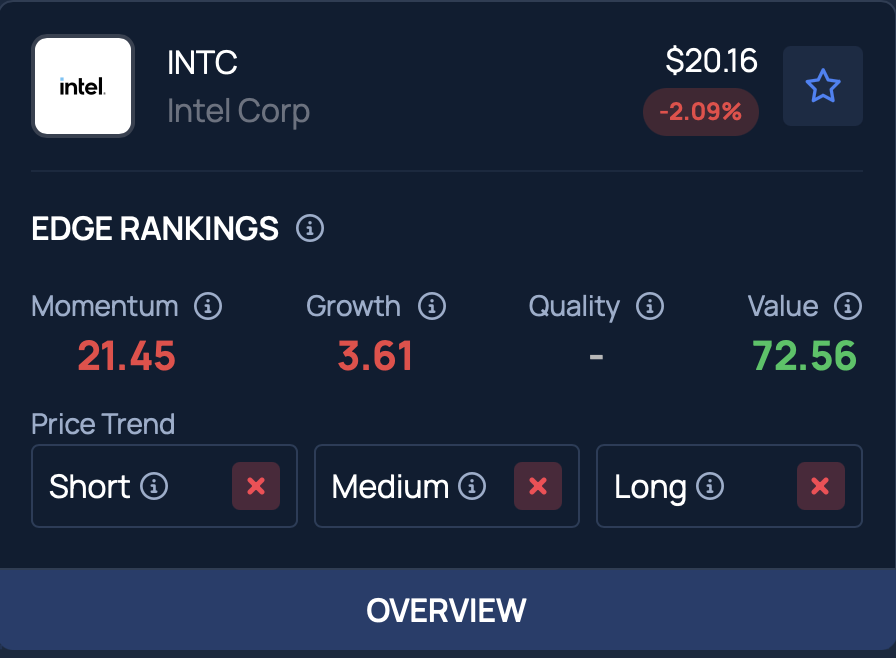Cocoa Prices Show Mixed Trends Amid Supply Concerns and Demand Dynamics
On Thursday, July ICE NY cocoa (CCN25) closed up +250 (+2.81%), while May ICE London cocoa #7 (CAK25) gained +59 (+0.93%). Cocoa prices managed to settle moderately higher but remained below the significant highs reached on Wednesday. That day, NY cocoa hit a 2-1/2-month high, and London cocoa reached a 2-1/2-week high amidst ongoing supply concerns. Recent reports indicate that cocoa exports from the Ivory Coast have slowed, contributing to stronger prices. According to Tuesday’s government data, farmers in the Ivory Coast shipped 1.48 million metric tons (MMT) of cocoa to ports from October 1 to April 20, marking an 11.3% increase from last year, yet a decrease from the larger 35% rise recorded in December.
Cocoa prices have also benefitted from last week’s surprisingly strong global demand. In the first quarter, North American cocoa grindings fell 2.5% year-over-year to 110,278 MT, which was better than expectations of at least a 5% year-over-year decline. Similarly, European cocoa grindings decreased by 3.7% year-over-year to 353,522 MT, which also exceeded expectations predicting a 5% drop. Additionally, Asian cocoa grindings fell by 3.4% year-over-year to 213,898 MT, again less than the anticipated 5% fall.
Concerns regarding the upcoming mid-crop in the Ivory Coast may continue to support cocoa prices. On April 3, NY cocoa rose to a two-month high due to signs of a weak mid-crop harvest in West Africa. Rabobank reported that late-arriving rains in the region have restricted crop growth. Recent surveys of cocoa farmers in the Ivory Coast and Ghana have also shown disappointing results. The mid-crop, which is the smaller of the two annual cocoa harvests, typically starts this month. Current estimates for this year’s Ivory Coast mid-crop stand at 400,000 MT, a 9% decrease from last year’s figure of 440,000 MT.
Inventory levels for ICE-monitored cocoa in U.S. ports have rebounded since falling to a 21-year low of 1,263,493 bags on January 24, now climbing to a 6-1/4 month high of 1,939,791 bags as of Thursday.
Earlier in the month, NY cocoa fell to a one-month low, and London cocoa reached a five-month low due to growing concerns about consumer demand for cocoa and related products. This decline in demand has been fueled by the ongoing global trade war and rising tariffs. Barry Callebaut AG, one of the world’s largest chocolate producers, cut its annual sales guidance on April 10 due to the pressure of high cocoa prices and uncertainty regarding tariffs.
On the supply side, an improving outlook could negatively impact cocoa prices. The International Cocoa Organization (ICCO) projected a global cocoa surplus of 142,000 MT for the 2024/25 season, marking the first surplus in four years. Additionally, the ICCO forecasted a 7.8% year-over-year increase in global cocoa production, reaching a total of 4.84 MMT in 2024/25.
In terms of demand, executives from major chocolate manufacturers like Hershey and Mondelez have expressed concerns that high cocoa prices are negatively impacting consumer demand. On February 4, Mondelez CFO Zarmella indicated that there are signs of declining cocoa consumption, especially in North America. Moreover, on February 18, Mondelez noted that rising cocoa prices could lead to a 50% increase in chocolate prices, which would further suppress demand. Hershey has also indicated that it may need to reformulate its recipes due to high cocoa prices.
Supportive price factors are seen in smaller cocoa supplies from Ghana, the world’s second-largest cocoa producer. Cocobod, Ghana’s cocoa regulator, revised its 2024/25 forecast down to 617,500 MT in December, reducing it by 5% from an earlier estimate of 650,000 MT.
The ICCO reported a global cocoa deficit of 441,000 MT for the 2023/24 season, the largest seen in over 60 years. Additionally, cocoa production for 2023/24 fell 13.1% year-over-year to 4.38 MMT, with a cocoa stocks/grindings ratio of 27.0%, indicating a 46-year low.
On the date of publication, Rich Asplund did not have positions in any of the securities mentioned in this article. All information and data in this article are solely for informational purposes. For more information, please view the Barchart Disclosure Policy.
here.
The views and opinions expressed herein are the views and opinions of the author and do not necessarily reflect those of Nasdaq, Inc.


